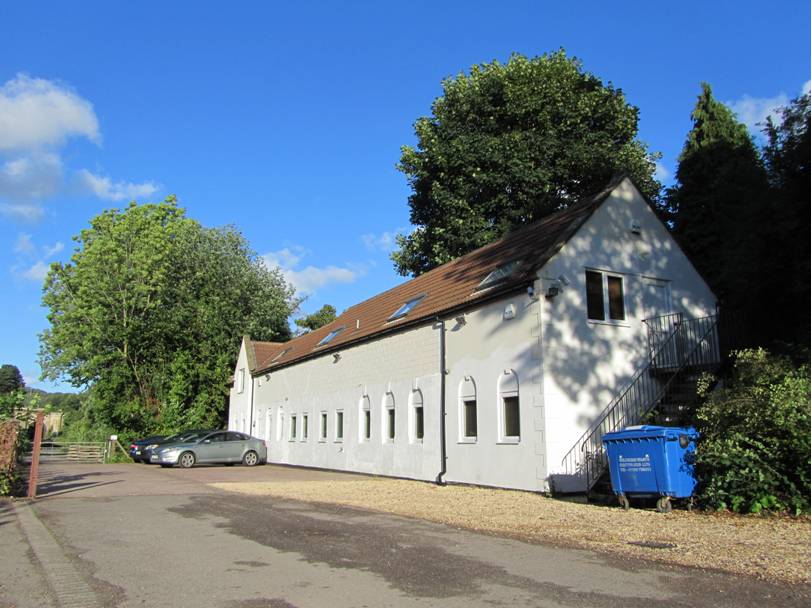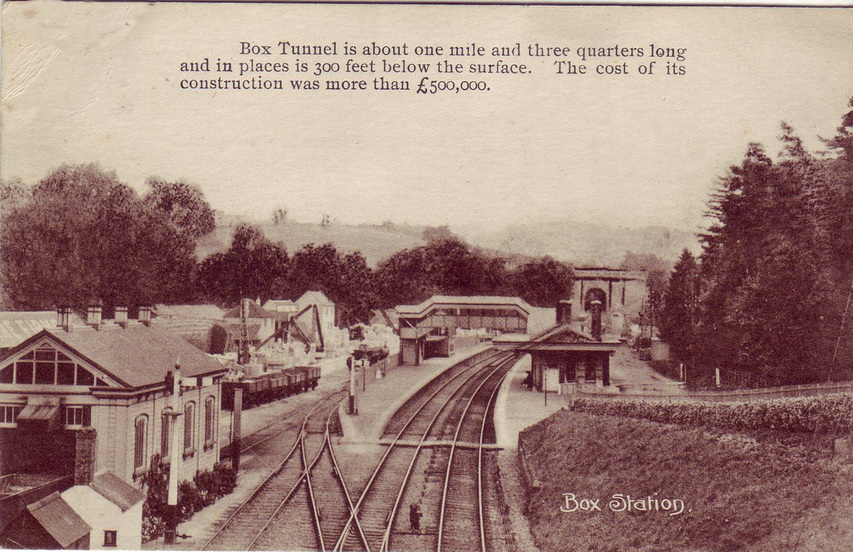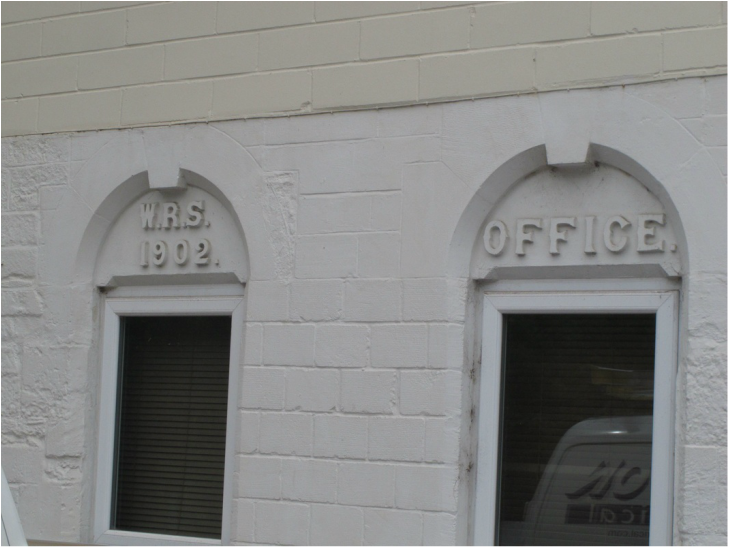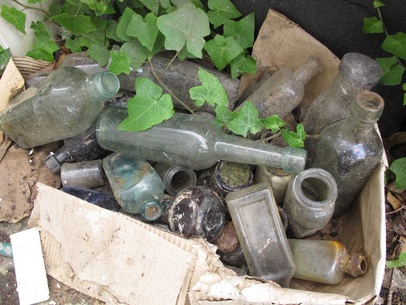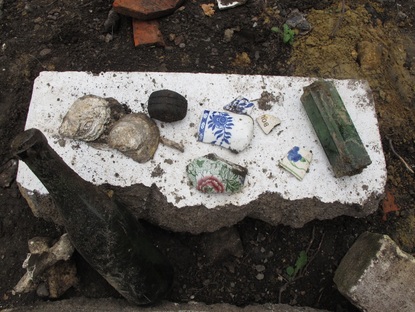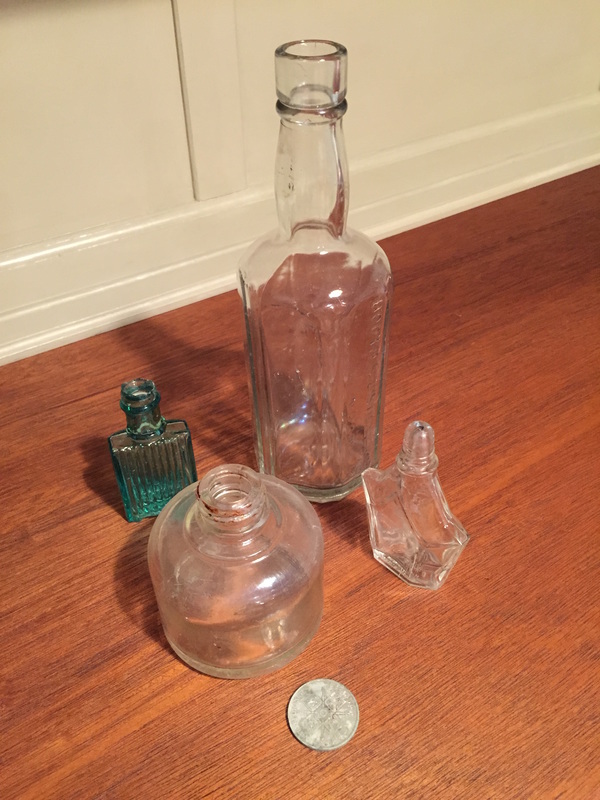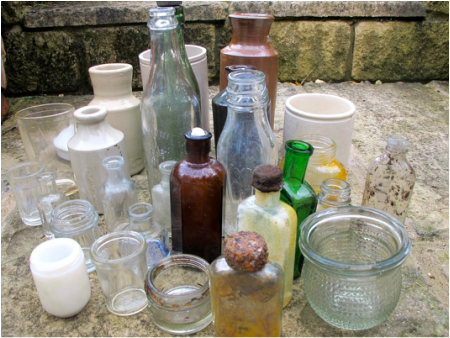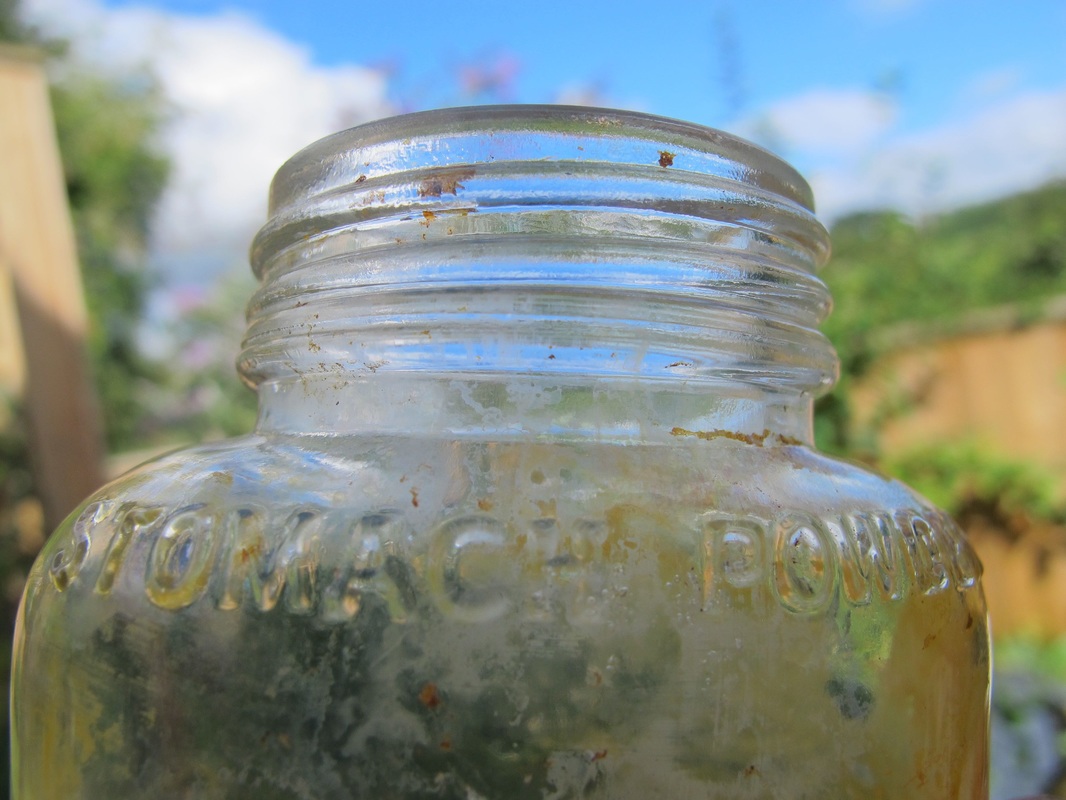After Dr Beeching proposed closing much of the local railway network in 1963, the infrastructure around the abandoned stations was quickly sold off. There is nothing now left of Box Mill Halt and just one building from the Box Station area. This is the story of that remaining building, now called Station House.
Location of Box Station
Like many other stations, Box Station was built on the outskirts of the village to the west edge, where there was space and land prices were cheaper. There was another reason also. Because of the steep incline in Box Tunnel, a bank (additional) engine was attached to passenger trains to give extra power on the incline through the tunnel and an access point just outside of Middlehill Tunnel was the most convenient point to add the engine.[1] The station was situated regardless of the inconvenience to passengers coming from central Box. A railway shed was built in the village to house the bank engine, which was only closed in 1919.[2]
The main station building appears to have been opened in 1855, probably replacing an original small station built shortly after the completion of the line through Box Tunnel.[3] The building was a prototype for other stations, constructed in stone and copied several times in different locations. The GWR Board of Directors agreed plans to enlarge Box Station in July 1852, involving the replacement of the original wooden building and extending the down platform, which are believed to have taken place about 1855.[4] The up platform may have been extended at this time.
On the north side of the track are the stone yards which became a major user of the railway system, sending the quarried stone throughout Britain and the ultimately the whole world. Without the railway the quarry trade would not have developed so quickly in the late Victorian period.
Like many other stations, Box Station was built on the outskirts of the village to the west edge, where there was space and land prices were cheaper. There was another reason also. Because of the steep incline in Box Tunnel, a bank (additional) engine was attached to passenger trains to give extra power on the incline through the tunnel and an access point just outside of Middlehill Tunnel was the most convenient point to add the engine.[1] The station was situated regardless of the inconvenience to passengers coming from central Box. A railway shed was built in the village to house the bank engine, which was only closed in 1919.[2]
The main station building appears to have been opened in 1855, probably replacing an original small station built shortly after the completion of the line through Box Tunnel.[3] The building was a prototype for other stations, constructed in stone and copied several times in different locations. The GWR Board of Directors agreed plans to enlarge Box Station in July 1852, involving the replacement of the original wooden building and extending the down platform, which are believed to have taken place about 1855.[4] The up platform may have been extended at this time.
On the north side of the track are the stone yards which became a major user of the railway system, sending the quarried stone throughout Britain and the ultimately the whole world. Without the railway the quarry trade would not have developed so quickly in the late Victorian period.
By stages over several decades, the area later became a complex of buildings including the engine shed (1879) and goods shed (1875), both above left; two signal cabins (one incorporating a telegraph system 1873 - 77); coal house (1861); and a footbridge across the track (1884) and platform waiting shelters, central.[5] The footbridge was only constructed after the death of John Long in 1876 and a letter from Captain Woodgate, RN of Ardgay House detailing the death of two small children. It was eventually built in 1884 at a cost of £180.[6]
Station House
The coal house is now the only surviving building. It can be seen on the attached plan marked Coal Office. It is positioned just behind the Northey Arms.
Station House
The coal house is now the only surviving building. It can be seen on the attached plan marked Coal Office. It is positioned just behind the Northey Arms.
Station House appears to have been redesigned as a reception office in 1902 and the lintels of the building are engraved W.R.S. 1902 OFFICE. This may refer to early use by the GWR company of motor transport to make local deliveries of smaller goods and parcels. The building is large at 2,300 sq feet but only the central area is original and the two ends are late 1980s to early 1990s additions; it was originally the area shown around the two windows, single-story only.
The finds in the back garden have been amazing, some from the railway usage an some from the waste of the Northey Arms. They include masses of small coal bricks everywhere on the site, jam jars dating from the 1750s to 1850s, and Shippams Meat and Fish Paste jars. Other finds have included Price's candle jars and a 1922 florin.
The building has had a chequered history since 1965. In 1995 it was occupied by Tim Gasson, the founder of the conference and events company, Absolute Corporate Events. Tim died in a tragic car accident in 2007 and Station House remained empty for three years until Winston Lee bought the premises and used the building for his automotive diagnostics computer software company, Nyquist Solutions Ltd.
Now the building has undergone a complete refurbishment and is to be taken into the occupation of the Northey Arms as residential accommodation and leisure facilities area.
Now the building has undergone a complete refurbishment and is to be taken into the occupation of the Northey Arms as residential accommodation and leisure facilities area.
Changes in Box Because of the Railway
The railway completely altered the look of the village. By local annecdote the old Ashley Lane road to Bath was by-passed by a new road, the A4, as a station access road. And on this road the Northey Arms was built as the Station Hotel.[7] There were other changes. An old mill called Cuttings Mill was demolished and a new road built to give access to Middlehill.[8] For easier passage of stone carts for transportation on the railways, Brunel lowered the road outside The Hermitage, where the old level can still be seen on the wall.[9]
Even more significant to Box than the road changes were the jobs that the railway brought. The station always employed a considerable number of people. In 1843 there was a book/parcel clerk, four switchmen, two policemen and one porter.[10] Later the numbers grew with a stationmaster, clerk, three signalmen, two porters and two parcel porters.[11] And after about 1850,
the stone yards at the north side developed massively with a huge local workforce of over 100 men.[12] One of the first owners appears to be Mr Myers, later Mr Stone and, before the Great War, the yards were taken over by the Lambert and Richards families. Box Station has been an important component in the village's history for over 150 years.
The railway completely altered the look of the village. By local annecdote the old Ashley Lane road to Bath was by-passed by a new road, the A4, as a station access road. And on this road the Northey Arms was built as the Station Hotel.[7] There were other changes. An old mill called Cuttings Mill was demolished and a new road built to give access to Middlehill.[8] For easier passage of stone carts for transportation on the railways, Brunel lowered the road outside The Hermitage, where the old level can still be seen on the wall.[9]
Even more significant to Box than the road changes were the jobs that the railway brought. The station always employed a considerable number of people. In 1843 there was a book/parcel clerk, four switchmen, two policemen and one porter.[10] Later the numbers grew with a stationmaster, clerk, three signalmen, two porters and two parcel porters.[11] And after about 1850,
the stone yards at the north side developed massively with a huge local workforce of over 100 men.[12] One of the first owners appears to be Mr Myers, later Mr Stone and, before the Great War, the yards were taken over by the Lambert and Richards families. Box Station has been an important component in the village's history for over 150 years.
References
[1] John Froud, Box Station, Special GWR Edition No 2, p.136
[2] Victoria County History of Wiltshire, Vol IV, p.292
[3] John Froud, Box Station, p.136 and 139
[4] John Froud, Box Station, p.139
[5] John Froud, Box Station, p.131
[6] John Froud, Box Station, p.141
[7] John Froud, Box Station, p.133
[8] An alternative suggestion is that the road may have been built by the Brickers Barn Turnpike Trust about 1829 to replace the old route via Ashley. The land plans prepared for the GWR Act show this part of the A4 already in place although in another plan it is stated to have been built in 1840. Thanks to John Froud for these thoughts.
[9] Clare Higgens, Box Wiltshire - An Intimate History, 1985, The Downland Press, p.37
[10] John Froud, Box Station, p.136-7
[11] WI Leaflet
[12] John Froud, Box Station, p.137
[1] John Froud, Box Station, Special GWR Edition No 2, p.136
[2] Victoria County History of Wiltshire, Vol IV, p.292
[3] John Froud, Box Station, p.136 and 139
[4] John Froud, Box Station, p.139
[5] John Froud, Box Station, p.131
[6] John Froud, Box Station, p.141
[7] John Froud, Box Station, p.133
[8] An alternative suggestion is that the road may have been built by the Brickers Barn Turnpike Trust about 1829 to replace the old route via Ashley. The land plans prepared for the GWR Act show this part of the A4 already in place although in another plan it is stated to have been built in 1840. Thanks to John Froud for these thoughts.
[9] Clare Higgens, Box Wiltshire - An Intimate History, 1985, The Downland Press, p.37
[10] John Froud, Box Station, p.136-7
[11] WI Leaflet
[12] John Froud, Box Station, p.137
